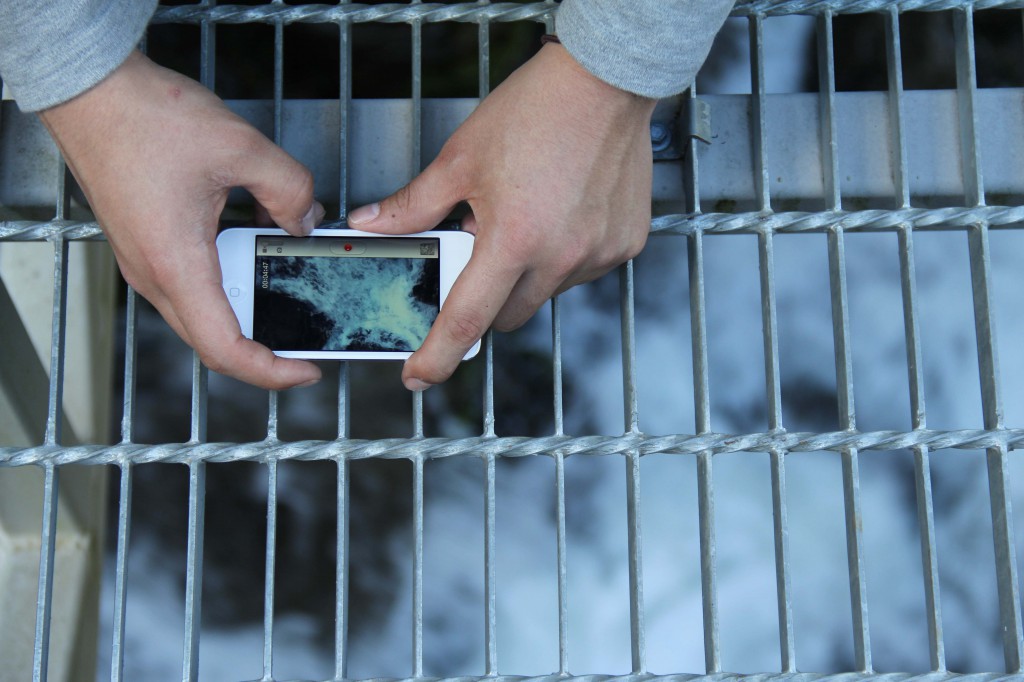Sounds of Weather

The Sounds of Weather is a cross-cultural art and research project comprising students and researchers from Musashino Art University in Tokyo and the School of Art at RMIT investigating the experience and behaviour of weather through sound, video and performance. The project has included site visits to the Sumida River, Tokyo Bay, Saitama Underground Discharge Facility and the Kiewa Hydroelectric Scheme in the Australian Alpine Region. Exhibitions and performances have occurred at various venues in Tokyo and Melbourne including Superdeluxe, West Space Gallery, RMIT Project Space/Spare Room and Konnoh Hachimangu Shrine. Notable sound and performance artists including Haco, Jou Odoru, Minoru Sato, Toshiya Tsunoda and Kudo Taketeru made additional contributions to the project.
Weather is a universal phenomenon that shapes our perception of ourselves, and the places that we inhabit. The opaqueness of winter, the luminosity of spring, the humidity of summer, and the briskness of autumn indelibly shape our emotions. Our physical interaction with the weather is equally complex. We dress for particular conditions, we control the temperature of the spaces that we inhabit, and we obsess over weather forecasts. Weather is so common and change so often gradual that it can sometimes be taken for granted unless an unusual weather event occurs to excite our attention. Regardless of what the weather forecast may hold, it will forever exert a powerful influence on the conditions that we experience within the natural and constructed world.
The works produced during The Sounds of Weather provide a broad survey of how artists have attempted to capture the influence of weather within a diverse set of locations that span the metropolitan areas of Melbourne and Tokyo, and the rugged terrain of the Australian Alps. The intention of the project is to investigate the spaces, conditions, technologies, and language used to harness weather in order to activate awareness of how it shapes daily life. The artists who have contributed towards The Sounds of Weather have provided a divergent set of responses as variable and dynamic as any meteorological event influencing the site in which you inhabit at this very moment.